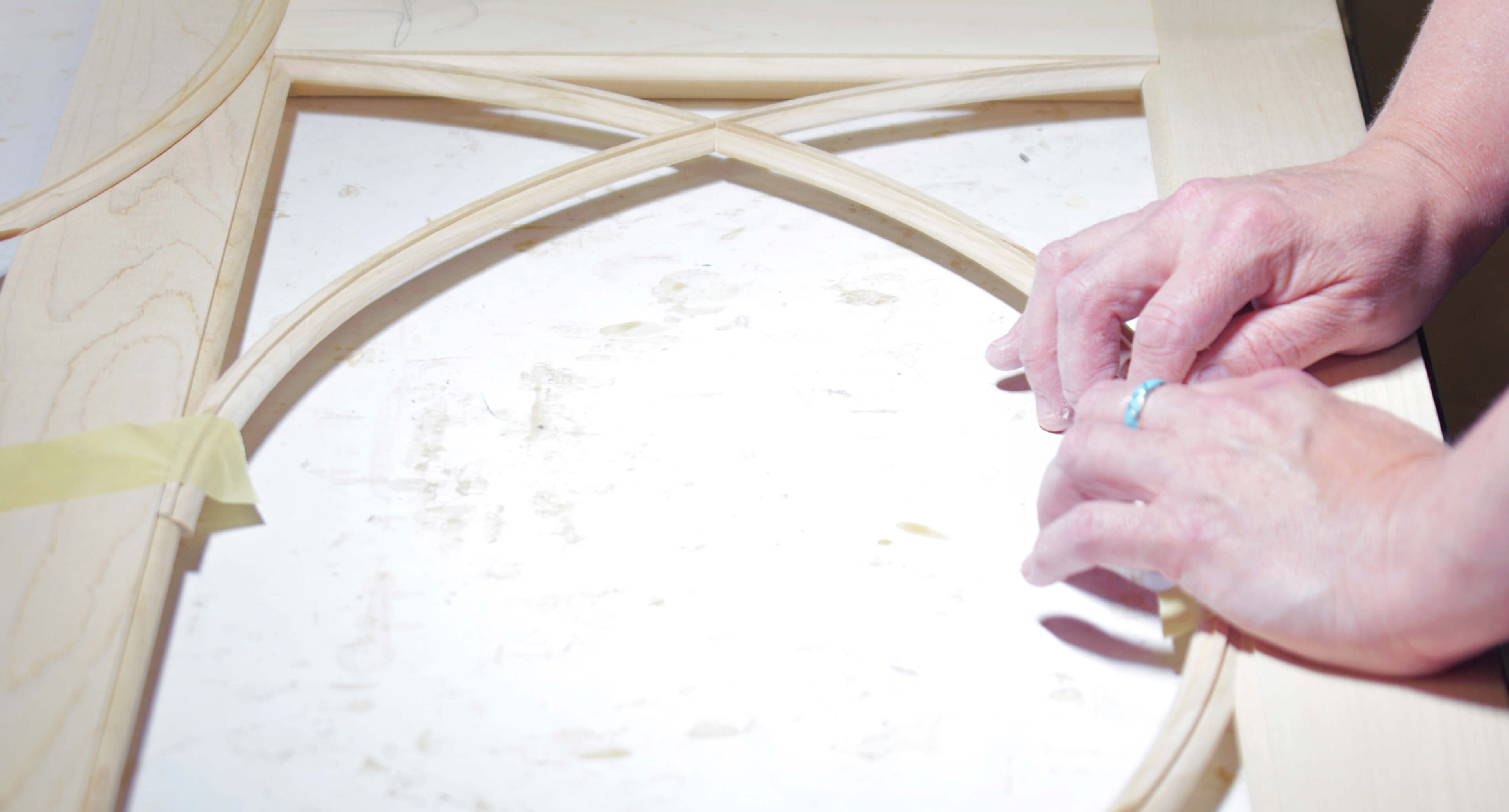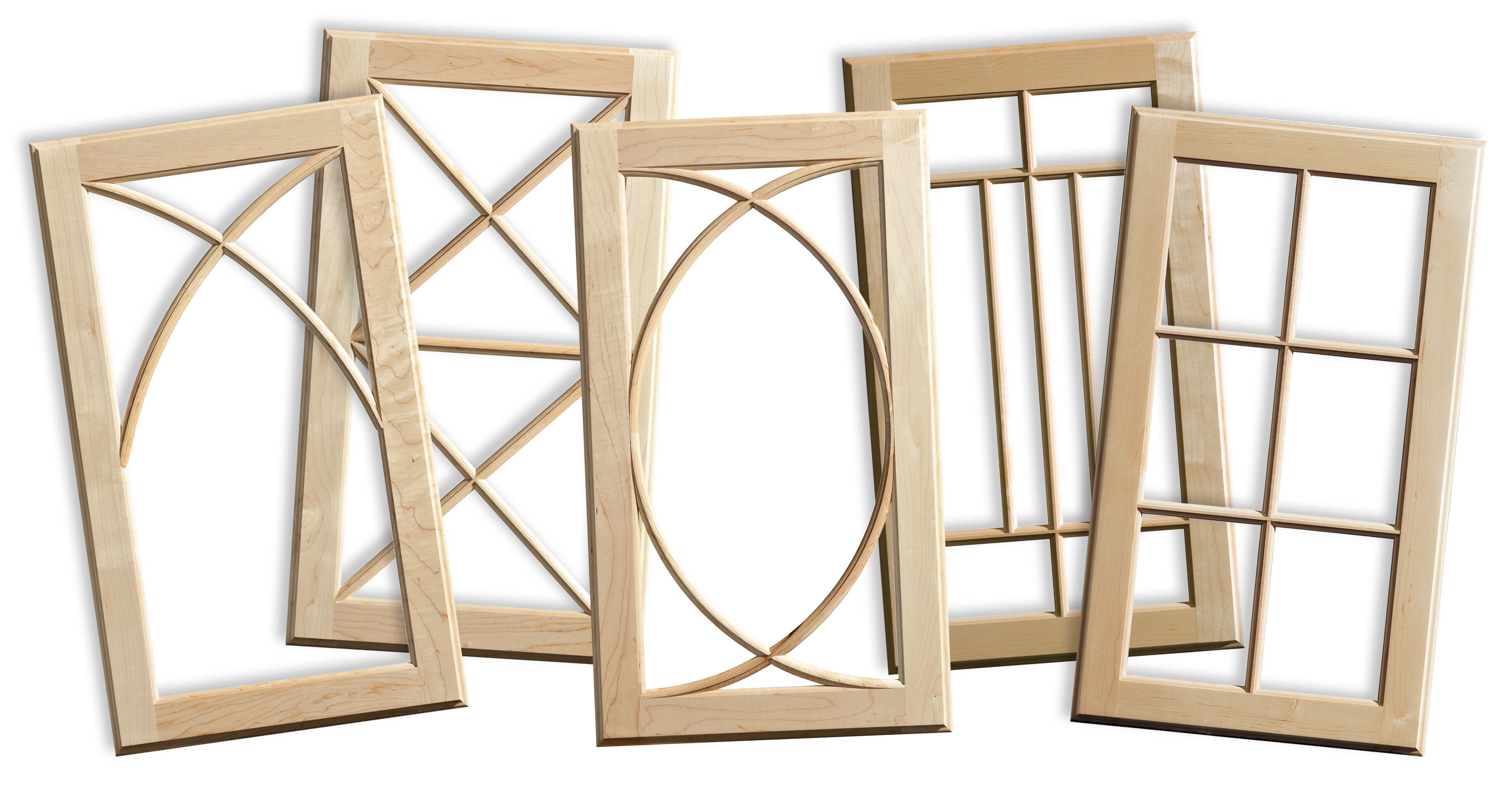Materials and Tools for Mullion Creation

The creation of high-quality cabinet door mullions requires careful consideration of both the materials used and the tools employed. Selecting appropriate wood and utilizing the correct tools are crucial for achieving precise cuts, smooth surfaces, and a professional finish. The following sections detail the necessary components for successful mullion construction.
Suitable Wood Types for Mullions
Various wood types possess characteristics that make them suitable for crafting cabinet door mullions. The choice depends on factors such as desired aesthetic, durability requirements, and budget constraints. Hardwoods generally offer superior strength and longevity compared to softwoods, but they also come with a higher price tag and can be more challenging to work with.
| Wood Type | Hardness (Janka Hardness Scale) | Workability | Cost (Relative) |
|---|---|---|---|
| Hard Maple | 1450 | Moderate; can be difficult to plane | High |
| Cherry | 995 | Easy to work with; good for carving | High |
| Oak (Red or White) | 1360 (Red), 1350 (White) | Moderate; strong and durable | Medium-High |
| Pine | 420 | Easy to work with; soft and readily available | Low |
Necessary Tools for Mullion Fabrication
Proper tooling is essential for efficient and accurate mullion creation. The selection will depend on the scale of production and personal preference, but a combination of hand and power tools is generally recommended for optimal results.
Making mullions for cabinet doors – The following tools are commonly used:
- Hand Saw: For initial cuts and shaping.
- Chisels: For precise shaping and cleanup.
- Planes (Block and Smoothing): For achieving smooth, flat surfaces.
- Measuring Tape and Square: For accurate measurements and angles.
- Sandpaper (various grits): For smoothing and finishing.
- Table Saw: For accurate ripping and cross-cutting of stock.
- Jointer: For creating perfectly flat and straight edges.
- Planer: For achieving consistent thickness and flatness.
- Router: For creating decorative profiles and joints.
- Clamps: For securing workpieces during gluing and assembly.
Wood Selection and Preparation
Careful selection and preparation of the wood are paramount to the success of the project. The process involves several key steps to ensure the final product meets the required standards of quality and precision.
The following steps Artikel the process:
- Wood Selection: Choose wood free from knots, cracks, and other defects. Inspect the wood for consistent grain and color.
- Milling: Cut the wood to the required dimensions using a table saw or hand saw. Ensure accuracy in measurements to avoid discrepancies in the final product.
- Jointing: Use a jointer to create perfectly straight and flat edges. This is crucial for accurate assembly and a professional finish. This step ensures that the pieces will fit together tightly and precisely.
- Planing: Plane the wood to achieve a consistent thickness. This step ensures uniform appearance and strength throughout the mullion.
- Shaping: Shape the mullions using hand tools or a router, depending on the desired profile. This step allows for customization and the creation of decorative elements.
- Sanding: Sand the mullions thoroughly to achieve a smooth surface, starting with coarser grits and gradually progressing to finer grits. This ensures a smooth finish and prevents splintering.
Mullion Design and Construction Techniques: Making Mullions For Cabinet Doors

The design and construction of mullions for cabinet doors significantly impact the overall aesthetic and structural integrity of the piece. Careful consideration of profile, material, and joining methods is crucial for achieving both visual appeal and durability. This section will explore various mullion designs and construction techniques, providing practical examples and detailed explanations.
Mullion Profiles and Designs
Mullion profiles range from simple to highly ornate, offering diverse aesthetic possibilities. The choice of profile influences the visual weight and style of the cabinet door. For instance, a simple rectangular profile (e.g., 1/4″ x 1/2″ cross-section) creates a clean, minimalist look, suitable for modern or contemporary designs. A more elaborate profile might incorporate a decorative beading along the edges, creating a more traditional or ornate feel. A chamfered edge (a 45-degree bevel) can soften the appearance of a thicker mullion, while a raised panel profile can add depth and visual interest. Dimensions will vary depending on the overall size of the cabinet door and the desired aesthetic effect; however, a common range for mullion thickness is between 1/4″ and 3/8″, with widths ranging from 1/2″ to 1″. A curved or arched mullion profile can introduce a more graceful and elegant design element, especially suitable for period-style cabinets.
Mullion Joining Methods
Several joining methods are suitable for assembling mullions, each with its advantages and disadvantages. The choice of method depends on factors such as the complexity of the design, the required strength, and the available tools.
| Joint Type | Description | Visual Description | Strengths | Weaknesses |
|---|---|---|---|---|
| Miter Joint | Two pieces of wood are cut at a 45-degree angle and joined together. | Imagine two pieces of wood forming a perfect 90-degree angle, where the cut edges meet at a precise 45-degree angle on each piece. The joint is typically reinforced with glue and possibly dowels or biscuits. | Visually appealing, relatively strong when properly reinforced. | Requires precise cutting; prone to failure if not accurately cut and glued. |
| Dado Joint | A groove (dado) is cut into one piece of wood, and a corresponding piece is fitted into the groove. | Imagine a rectangular groove cut into one piece of wood, with another piece fitting snugly into this groove. The joint is usually glued and may also be pinned for added strength. | Strong and durable, relatively easy to create. | Can be less visually appealing than miter joints. |
| Biscuit Joint | Oval-shaped biscuits (wood veneers) are inserted into slots cut into both pieces of wood, providing surface area for glue. | Imagine two pieces of wood with matching oval slots, and oval biscuits nestled within these slots. Glue is applied to the biscuits and surrounding wood. | Strong, relatively easy to create, provides good surface area for glue. | Requires a special biscuit joiner tool. |
Creating a Straight Mullion Using Hand Tools, Making mullions for cabinet doors
The following steps Artikel the creation of a simple, straight mullion using hand tools:
1. Cut the stock to length: Measure and cut the wood to the desired length of the mullion using a hand saw or tenon saw, ensuring accuracy.
2. Plane the faces: Plane the faces of the wood to create smooth, even surfaces, using a smoothing plane or hand plane.
3. Shape the profile: If a non-rectangular profile is desired, use chisels and rasps to shape the mullion’s edges, carefully removing wood to achieve the desired form.
4. Sand the mullion: Sand the mullion to a smooth finish using progressively finer sandpaper, removing any tool marks or imperfections.
5. Apply finish: Apply the chosen finish (e.g., stain, varnish, lacquer) according to the manufacturer’s instructions.
Finishing and Installation of Mullions

The final stages of mullion creation involve meticulous finishing to enhance appearance and durability, followed by precise installation to ensure a seamless integration within the cabinet door. Proper finishing protects the mullions from moisture and wear, while accurate installation guarantees a professional and functional result.
Mullion Finishing Techniques
Several finishing techniques are available to enhance the aesthetic appeal and protect the mullions. The choice depends on the desired look and the type of wood used. Sanding provides a smooth surface, staining adds color and depth, and sealing protects against damage.
Sanding: Begin with coarser grit sandpaper (e.g., 80-grit) to remove any imperfections or raised grain. Gradually progress to finer grits (e.g., 120, 180, 220-grit) for a progressively smoother finish. Sand in the direction of the wood grain to avoid scratches. After each grit, remove sanding dust with a tack cloth or brush. Proper sanding is crucial for achieving a uniform surface for staining and sealing.
Staining: Apply stain according to the manufacturer’s instructions. Typically, this involves applying a thin, even coat with a brush, rag, or sprayer, allowing it to penetrate the wood for a period of time, and then wiping off any excess. Multiple coats may be necessary to achieve the desired depth of color. Allow sufficient drying time between coats. Choosing the right stain is crucial; oil-based stains provide a richer color and better protection, while water-based stains are easier to clean up but may require more coats.
Sealing: A sealant protects the mullions from moisture, scratches, and UV damage. Apply several thin coats of polyurethane or varnish, allowing each coat to dry completely before applying the next. Sand lightly between coats with fine-grit sandpaper to ensure a smooth finish. The type of sealant will influence the final sheen; polyurethane offers a range of sheens from matte to high-gloss.
Mullion Installation Methods
Precise installation is vital for a professional outcome. Accurate measurements and careful fitting ensure a tight and secure bond. The following steps Artikel a common installation process.
Step 1: Precise Measurement and Marking: Accurately measure the placement of the mullions on the cabinet door. Mark the locations with a pencil, ensuring symmetry and alignment. This step is crucial for a balanced appearance.
Step 2: Applying Adhesive: Use a high-quality wood adhesive designed for interior applications. Apply a thin, even bead of adhesive along the edges of the mullion where it will contact the cabinet door. Ensure complete coverage of the contact surfaces for a strong bond.
Step 3: Securing the Mullion: Carefully position the mullion onto the marked location on the cabinet door. Use clamps to hold it firmly in place while the adhesive cures. Ensure the mullion is aligned perfectly and that there are no gaps or misalignments.
Step 4: Curing and Cleanup: Allow the adhesive to cure completely according to the manufacturer’s instructions. Once cured, remove the clamps and clean up any excess adhesive with a damp cloth.
Troubleshooting Mullion Installation Problems
Several issues can arise during installation. Addressing these problems promptly can prevent significant rework.
Before addressing specific problems, it is important to understand that the success of mullion installation heavily relies on the precision of measurements and the quality of materials used. Using warped or damaged wood, for example, can lead to significant issues.
- Gaps between Mullion and Door: This usually indicates insufficient adhesive or inaccurate measurements. Solutions include adding additional adhesive and carefully repositioning the mullion, or in severe cases, removing and reinstalling the mullion after verifying measurements.
- Misalignment of Mullions: This often stems from imprecise marking or clamping. Solutions include carefully repositioning the mullion with clamps, using shims to correct alignment, or removing and reinstalling the mullion after re-evaluating the positioning marks.
- Mullion Damage during Installation: Careless handling or excessive force can damage the mullion. Solutions include careful handling, using appropriate clamping techniques, and considering the use of protective padding during installation.
